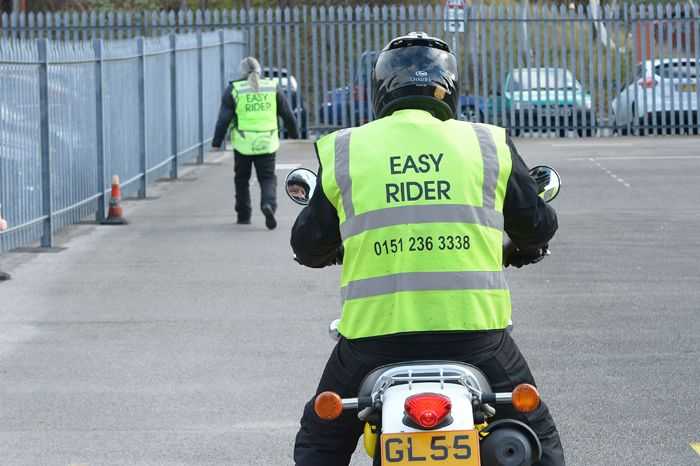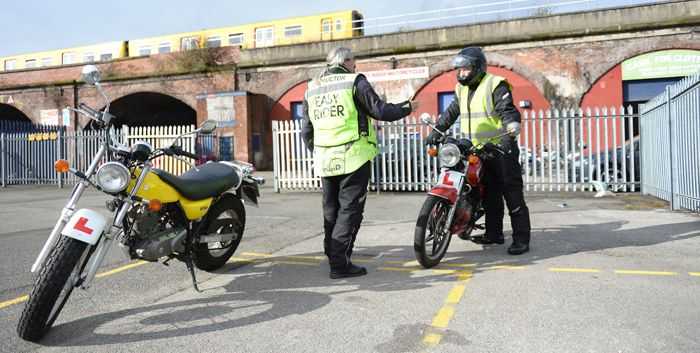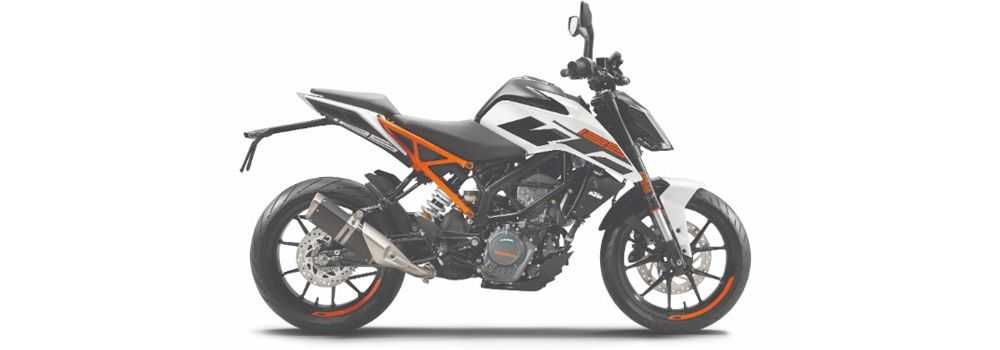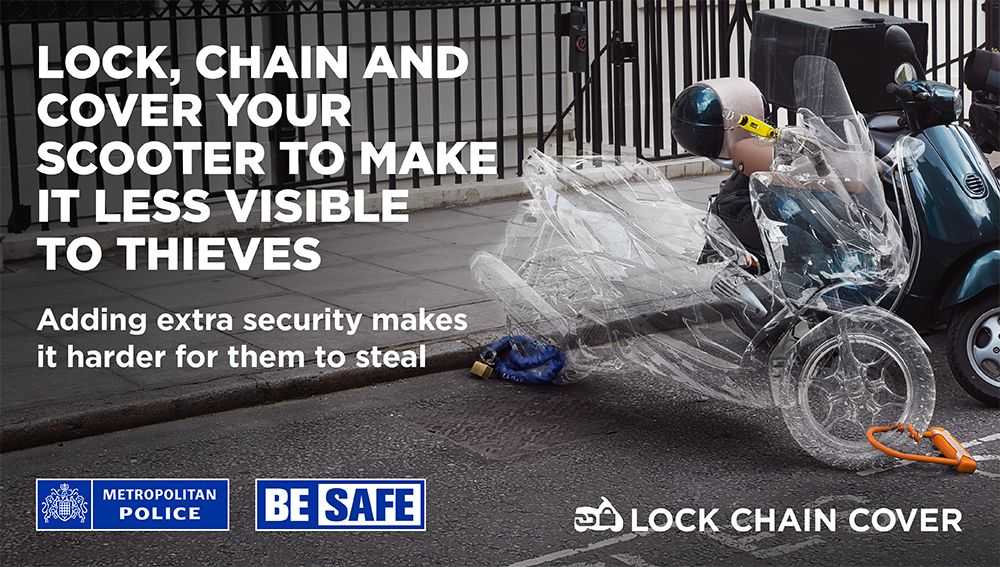
Motorcycle training could face dramatic revamp
Motorcycle training could be set for a dramatic overhaul if proposed changes from a new consultation come into place.
The Driver and Vehicle Standards Agency (DVSA) launched a consultation into proposals to improve motorcycle training on 30 December, focusing on a wide range of aspects of the learning process.
From instructor assessments, simplifying the Compulsory Basic Training (CBT) and taking the theory test before the CBT, the consultation will look to gather comprehensive feedback on the whole training and learning cycle for riders.
In total there are nine areas of motorcycle training that are being looked at in the consultation:
1. The instructor qualification process
Currently, instructors have to take a CBT and direct access scheme (DAS) assessment to teach however under new proposals, instructors would only need to complete a single assessment.
After this single assessment, instructors would be able to provide training for all categories of motorcycling.
There are also proposals to limit the length of time an instructor can hold a valid instructor certificate. Currently it last for four years, however the length of time this certificate is valid for is currently being discussed.
2. Trainer quality assurance
Mandatory quality assurance checks are being discussed for instructors who provide road-based instruction, rather than checks purely for CBT instructors.
Any instructor who fails a standards check would have two more attempts to reach the minimum standard and if they failed to do so they would then have to pass the motorcycle instructor qualification assessment again.
3. Revised CBT syllabus
The current CBT syllabus is made up of five parts and has remained unchanged since it was introduced in 1990.
Proposals are being discussed to reduce this to four parts by merging elements B and C, practical on-site training and practical on-site riding.
The consultation is also proposing a renewed focus on equipment and clothing, as well as steering and filtering.
Clothing already features in the CBT however there will be a more intensive focus on safety clothing to ensure those being trained are working the required clothing.
It's also being proposed that steering should be taught as a specific skill in the theory and practical elements of the CBT, with filtering also being added to the theory element.
4. Progressive access training course
A progressive access training course is being proposed, which would see the introduction of further training, rather than another test, for anyone who wants to move from a smaller engine motorbike to a larger one.
This new training element would replace the practical test but cover the exact same elements and last for at least seven hours.
Currently, a rider under the age of 24 who has held a licence for two years can take another test on a larger motorcycle, meaning they can ride the most powerful bikes at the age of 21 if they pass their first test at 17.
5. Restrictions for riders that complete their CBT on an automatic
Learner riders can currently ride an automatic or a manual even if they have completed their CBT on an automatic.
The new proposals suggest restricting learner riders to ride an automatic on the road if they used a twist and go to complete their CBT

6. Six penalty point limit
One of the biggest changes proposed in the consultation is to revoke a CBT certificate if a learner rider gets six penalty points during the period that their CBT certificate is valid.
This would bring the penalty point system in line with what happens to new riders and young drivers who have full motorcycle and car licences.
7. Moving the CBT online
Currently, the CBT system is a paper based one. The consultation is proposing a move to an online system, allowing for things like:
- Immediate issue of the CBT certificate
- Immediate update of the rider's driving licence
- Ability to send out reminders when the CBT certificate is coming to an end
8. Theory test before the CBT
At the moment, riders can take the theory test from the age of 16, if you're learning to ride a moped, or 17 if you're learning to ride a motorbike.
Riders can however complete their CBT and be on the road without ever taking the theory test as it only becomes compulsory when you look to take a practical test.
The consultation is proposing a change to make all learners pass a theory test before taking their CBT, in order to improve their theoretical knowledge before the get on the road and to encourage them to take a practical test rather than riding as a fully fledged learner on a CBT.
The consultation acknowledges that this could put riders off taking the CBT therefore making the theory test a part of the CBT course has also been put forward in the consultation.
9. Earned recognition for training bodies
The consultation is also considering the benefits of an earned recognition scheme for Approved Training Bodies (ATBs), which would identify those ATBs whose instructors consistently achieved high standards.
Riders are invited to take part in the consultation and provide feedback to the DVSA based on the proposals put forward by the 17 February.
See how much you can save
Compare quotes from 37 insurers



